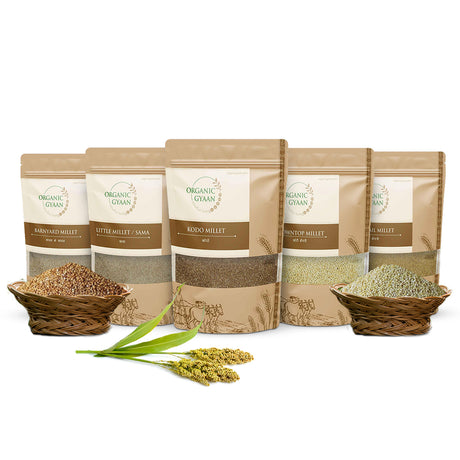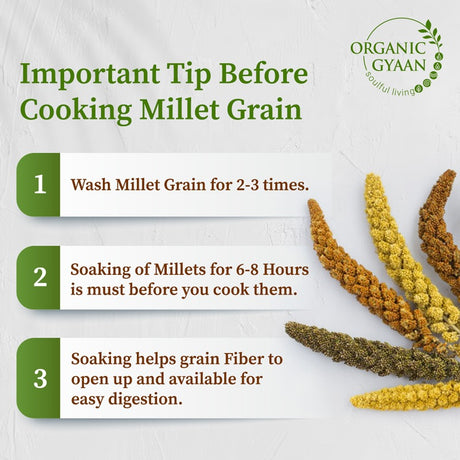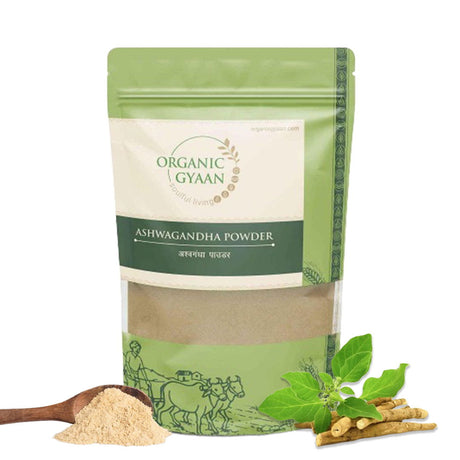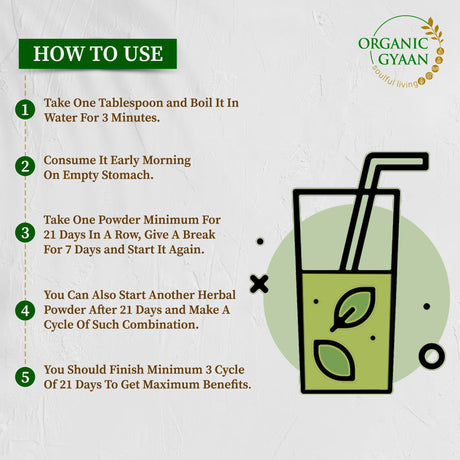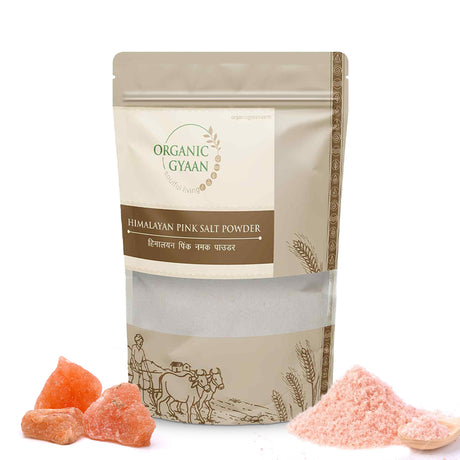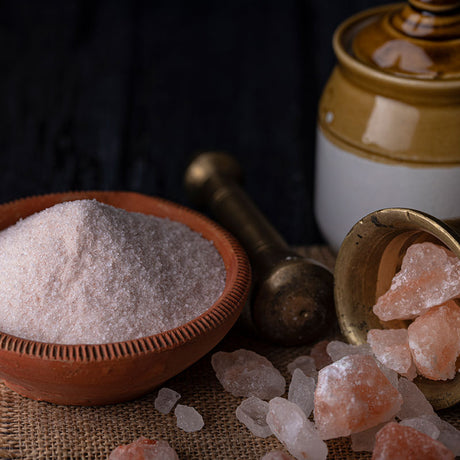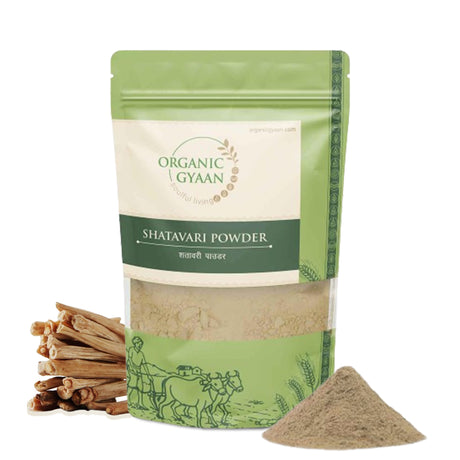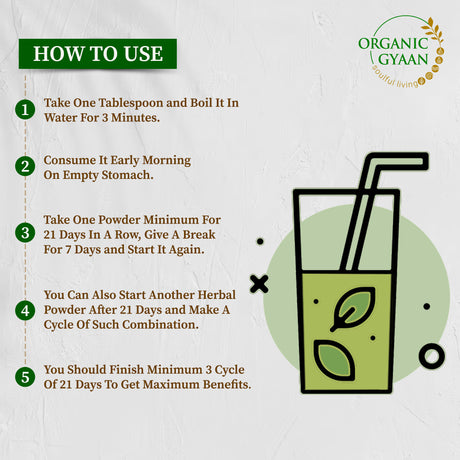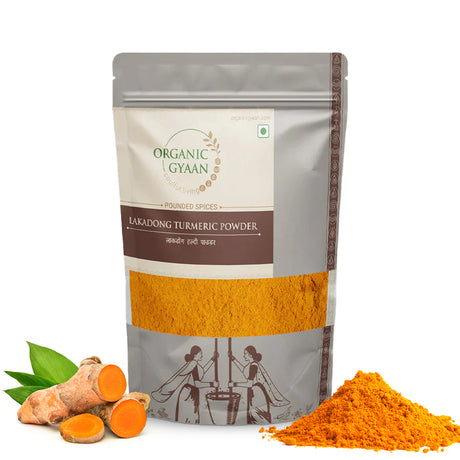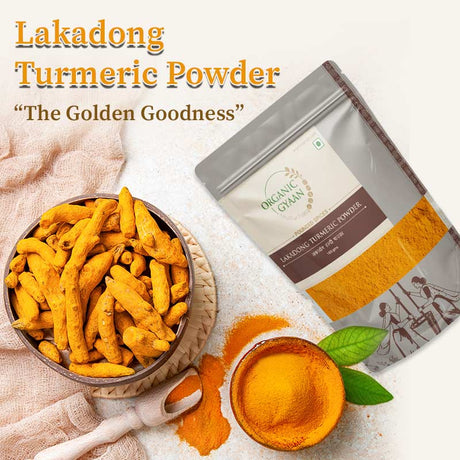In recent years, the popularity of gluten-free diets has soared, whether due to health reasons, such as gluten sensitivity or celiac disease, or personal preference. Gluten is a protein found in wheat, barley, and rye, which means individuals following a gluten-free diet must be mindful of their food choices. Fortunately, with a little planning and creativity, there is an array of scrumptious and nutritious gluten free foods list available that can be enjoyed while following a gluten-free lifestyle. In this blog post, we will explore some delightful options to incorporate into your gluten-free diet.
1. Millets:
Let's start with the basics. Each millet variety offers its unique taste and nutritional benefits, making them an excellent addition to a gluten-free diet. They are mild in flavour and can be used in place of rice or wheat and can be made into porridge. Here are some common millet varieties:
-
Pearl Millet (Bajra) - बाजरा
-
Finger Millet (Ragi) - रागी
-
Foxtail Millet - कांगणी/ कंगनी
-
Proso Millet (Common Millet) - चेना / चीना बाजरा
-
Barnyard Millet - साँवा / सामा
-
Kodo Millet - कोदो बाजरा
-
Little Millet - कुटकी/सवा
-
Browntop Millet - छोटी कंगनी
2. Whole Grains:
Discover a selection of gluten-free grains that provide versatility and nutrition, allowing you to create satisfying meals and delightful baked goods without compromising your dietary needs.
-
Quinoa: A versatile grain that can be used in salads, soups, and main dishes.
-
Brown rice: This rice is nutty and nutritious, perfect as a side dish or in stir-fries.
-
Buckwheat: Despite its name, buckwheat is gluten-free and can be used in pancakes, noodles, or as a flour substitute.
-
Amaranth: Tiny grains packed with protein, fiber, and minerals, suitable for porridge or added to baked goods.
3. Legumes:
Explore the world of legumes, offering a range of plant-based proteins and fiber-rich options that can be incorporated into your gluten-free meals for added texture and nutritional value.
-
Beans (black beans, kidney beans, chickpeas): Fiber-rich and versatile, use them in soups, salads, or as a base for vegetarian burgers.
-
Lentils: Quick-cooking and packed with protein, incorporate lentils into stews, curries, or salads.
-
Chickpeas: Chickpeas are great for making hummus or adding to salads for added texture and protein.
-
Soybeans (edamame): Boil or steam them for a tasty and protein-packed snack.
4. Nuts and Seeds:
Unlock the nutritional benefits of nuts and seeds, offering healthy fats, protein, and a delightful crunch to your gluten-free diet, perfect for snacking or adding to your favourite recipes.
-
Almonds: Enjoy them as a snack, use almond flour in gluten-free baking, or make homemade almond butter.
-
Walnuts: Rich in omega-3 fatty acids, add them to salads or use these walnuts as a topping for desserts.
-
Flaxseeds: Sprinkle them on yogurt or oatmeal for added fiber and omega-3s.
-
Chia Seeds: Great for making chia pudding or adding to smoothies for an extra nutritional boost.
-
Pumpkin Seeds and Sunflower Seeds: Perfect for snacking or as a crunchy topping for salads and soups.
5. Gluten Free Flours:
Discover an assortment of gluten-free flours that can be used as substitutes for wheat-based products, allowing you to enjoy a wide range of gluten-free baking and cooking possibilities.
-
Sorghum Flour: Nutty and versatile, it can be used as a substitute for wheat flour in bread, pancakes, or muffins.
-
Pearl Millet Flour: Nutritious and gluten-free, it can replace wheat flour in flatbreads, chapatis, and porridge.
-
Finger Millet Flour: Rich in calcium and iron, it's perfect for making rotis, dosas, and cookies.
-
Foxtail Millet Flour: Gluten-free and high in fibre, it works well in muffins, cookies, and as a thickening agent for soups.
-
Little Millet Flour: A great wheat flour alternative for making pancakes, idlis, and dosas.
-
Kodo Millet Flour: Ideal for gluten-free baking like cookies, bread, and muffins.
-
Barnyard Millet Flour: Gluten-free and light, it can be used for making porridge, pancakes, and dosas.
-
Proso Millet Flour: Suitable for baking cakes, cookies, and bread, providing a mild and nutty flavour.
-
Browntop Millet Flour: A versatile flour for making flatbreads, pancakes, and porridge.
6. Dairy and Dairy Alternatives:
Whether you prefer traditional dairy products or dairy alternatives, there are plenty of gluten-free choices available, providing a source of calcium, protein, and flavour to enhance your gluten-free dishes.
-
Milk (A2 cow's milk, almond milk, coconut milk): Use them in smoothies, cereals, or as a base for creamy sauces.
-
A2 Ghee: Ghee is gluten-free in its natural state. Also, it is free from casein – a milk protein which may not suit some people.
-
Yogurt: Look for plain Greek yogurt or dairy-free alternatives, enjoy them with fruits or in smoothies.
7. Fresh Fruits and Vegetables:
Fresh fruits and vegetables are the foundation of any healthy diet, and guess what? They're all naturally gluten-free! This colourful category gives you limitless options.
-
Leafy Greens (spinach, kale, arugula): Loaded with vitamins and minerals, perfect for salads or sautéing.
-
Berries (strawberries, blueberries, raspberries): Bursting with antioxidants and great in smoothies or as a topping for yogurt.
-
Citrus fruits (oranges, lemons, grapefruits): Refreshing and rich in vitamin C, enjoy them as a snack or use the juice in dressings and marinades.
-
Avocado: Creamy and nutritious, enjoy it in salads, as a spread, or in smoothies.
-
Tomatoes: Versatile and delicious, use them in salads, sauces, or enjoy them fresh in sandwiches.
8. Gluten-Free Snacks:
Indulge in satisfying gluten free products or snacks, ensuring you have delicious options readily available when cravings strike, providing you with convenience, taste, and peace of mind on your gluten-free journey.
-
Popcorn: A satisfying and gluten-free snack, opt for plain or lightly seasoned varieties.
-
Gluten-Free Granola Bars: Look for certified gluten-free options for a convenient and tasty snack.
-
Vegetable Chips: Enjoy crispy chips made from vegetables like kale, sweet potatoes, or beets.
-
Fresh Fruit: Nature's gluten-free snack, enjoy an assortment of fruits like apples, bananas, and grapes.
Benefits of a Gluten-Free Diet
Adopting a gluten-free diet can come with a range of health benefits, especially for those who have celiac disease or a sensitivity to gluten.
-
Improved Digestion: Gluten can often cause stomach discomfort and digestion problems. By eliminating it, many people experience less bloating, and a decrease in symptoms of irritable bowel syndrome (IBS).
-
Enhanced Energy Levels: Some people report feeling more energetic when they eliminate gluten from their diet. This is possibly due to their bodies no longer using energy to deal with unwanted gluten proteins.
-
Better Skin Health: In some cases, gluten sensitivity can result in skin conditions like dermatitis herpetiformis. A gluten-free diet might help improve these skin conditions.
Why Choose a Gluten-Free Lifestyle?
There are numerous reasons why someone might choose to go gluten-free:
-
Celiac Disease: This is an autoimmune condition where the body reacts to gluten, damaging the small intestine. The only treatment is a strict, lifelong gluten-free diet.
-
Non-Celiac Gluten Sensitivity: Some people who test negative for celiac disease still experience symptoms after consuming gluten. They often find relief by adopting a gluten-free diet.
-
Wheat Allergy: People with a wheat allergy may also opt for a gluten-free diet to avoid symptoms.
However, it's important to note that if you're considering a gluten-free diet simply for health reasons and you don't have an intolerance, sensitivity, or allergy, it's best to consult with a healthcare professional or nutritionist first.
Transitioning to a Gluten-Free Diet: Tips and Tricks
Switching to a gluten-free diet might seem intimidating, but these tips can make your transition smoother:
-
Educate Yourself: Read labels carefully as gluten is often hidden in foods you might not expect.
-
Whole Foods are Best: Foods in their natural state are usually gluten-free. Fresh fruits, vegetables, and lean proteins are typically safe choices.
-
Seek Out Gluten-Free Alternatives: Many of your favourite foods likely have gluten-free alternatives. There's a variety of gluten-free grains which you can easily use.
-
Try New Recipes: Look for gluten-free recipes online or in cookbooks to keep your meals interesting.
A gluten-free diet can be just as diverse and delicious as any other. With careful planning and an open mind, you'll discover that living gluten-free can be a journey of culinary discovery rather than a limitation.
Conclusion
Embarking on a gluten-free journey doesn't have to be restrictive or flavourless. With our comprehensive list of 9 diverse and delicious gluten-free foods, you can confidently embrace a healthier and more fulfilling dietary lifestyle. From nutrient-rich grains like quinoa and amaranth to delectable alternatives like almond flour and coconut aminos, there are endless possibilities to explore.
Remember, the path to a healthier you start with a single step. Take that step today and explore our online store for a delightful range of organic products, carefully selected to support your gluten-free lifestyle and beyond


